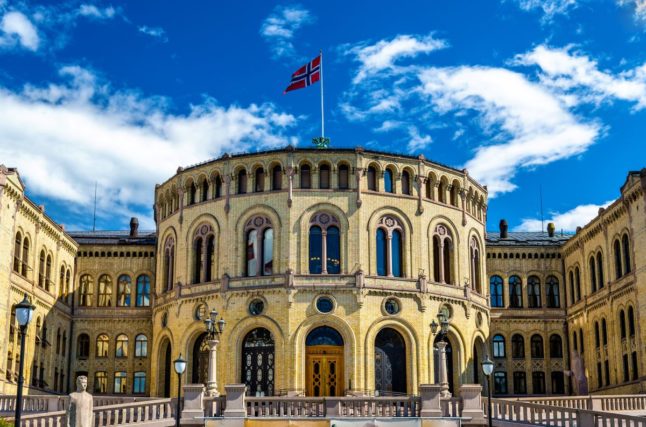The Norwegian government has reached an agreement with the left-wing Socialist Left Party (SV) on the 2024 state budget. The negotiations have led to a number of policy tweaks and changes.
The centre-left Labour Party (AP), and the centrist Centre Party (SP) are a minority governemnt and rely on the Socialist Left Party to form a parlaimentary majority for key policies.
With a focus on healthcare, education, banking transparency, and environmental initiatives, the budget revisions are expected to impact the lives of people in Norway in various ways.
READ ALSO: Everything that changes in Norway in 2024
Child benefit increase and expanded after-school programs
The budget agreement between the government and the Socialist Left Party included an increase of 2,400 kroner per year in child benefits for children over the age of six, compared to the initial proposals.
Furthermore, the budget agreement includes provisions for free half-day placements in after-school programs for 3rd graders.
An allocation of 880 million kroner in 2024 has been made to fund this initiative.
The Socialist Left Party leader, Kirsti Bergstø, emphasised the importance of this change, stating, “When more than one in ten children grow up in poverty, and the financial crisis hits families with children hard, it was important for us to ensure that we help even more people even more.”
Healthcare user fee ceiling increased – and health investments in the north
Starting in 2024, the healthcare user fee ceiling will rise to 3,165 kroner. The 125-kroner hike in the ceiling represents a 4.1 percent increase, surpassing the projected 3.8 percent price growth for the year.
Additionally, user fees for services such as doctor visits, psychological consultations, and physiotherapy sessions will see a 4.35 percent increase from next year.
The budget will also include a grant of 40 million kroner for the Northern Norway Regional Health Authority (Helse Nord), aimed at boosting the healthcare sector in the north of Norway.
Boost in student aid, banking transparency initiative, and green initiatives
The Norwegian Student Organization (NSO) has reason to celebrate as student aid is set to increase by 10 percent in 2024. This translates to an additional 14,000 kroner per year for students.
NSO’s leader, Oline Sæther, expressed appreciation, stating that Norwegian students’ concerns have been heard.
At the same time, the three budget partners (Labour, Centre Party and Socialist Left Party) have introduced new measures in the budget agreement to enhance transparency in the banking sector.
By July 1st, 2024, banks will be required to report average mortgage interest rates and disclose the data influencing loan pricing decisions on finansportalen.no.
Banks will also need to reveal the geographical areas where they offer loans. Furthermore, an investigation will be launched to explore how the Financial Supervisory Authority of Norway (Finanstilsynet) can strengthen consumers’ rights in financial markets, potentially consolidating consumer protection efforts under the said authority.
Approximately 10 billion kroner has also been allocated to climate, nature preservation, and related efforts.



 Please whitelist us to continue reading.
Please whitelist us to continue reading.
Member comments